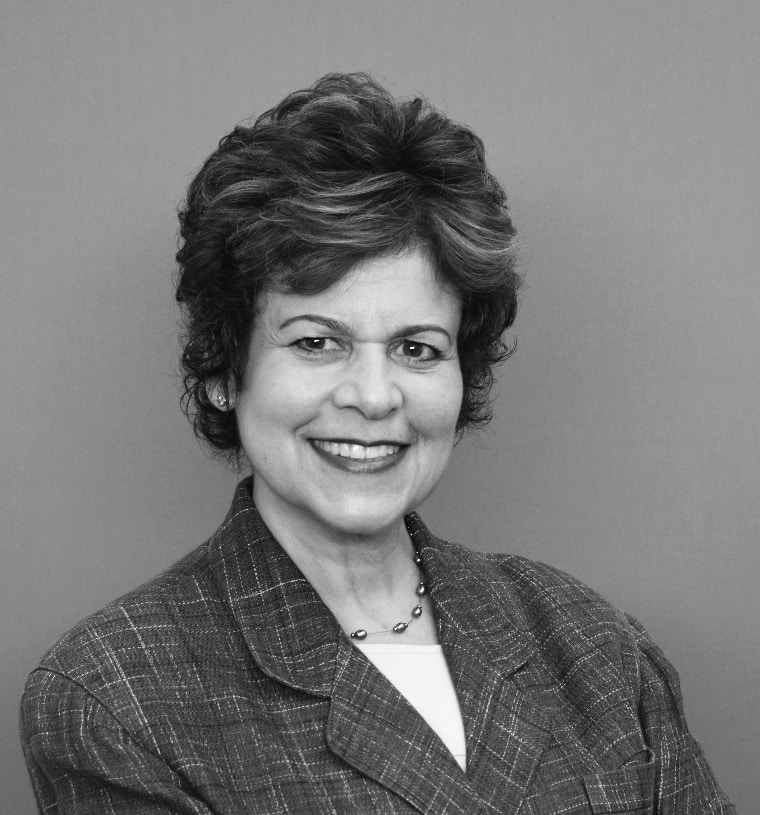December 1, 2018 | Cathy Thomas Hess, BSN, RN, CWCN
3 Minute Read
Review, Reconcile, and Optimize Your Workflows
The end of the year is a perfect time to reflect on processes implemented in the past year and look forward to improving processes in the new year. One key process is workflow optimization. Workflow is a set of chronological, organized processes and tasks designed to efficiently meet a goal through interaction with people and resources.
In healthcare, smart workflows are vital, especially when providers use electronic health records (EHRs). The goals when using an EHR are to drive accountability of care; distribute clinical tasks among the team; improve care coordination through smart, efficient workflows and compliant documentation; impart care coordination through evidence-based care models; maintain regulatory standards; and optimize reports to drive compliance.
MAPPING YOUR PROCESS
Designing and mapping your process take time and dedication to understanding the clinical, operational, regulatory, and financial workflows occurring in your department. Understanding your role and how you document your process is key to capturing the process within smart workflows. The first step to map your process is to define the clinical goals through collaborative workflows. These steps may include:
- Determine roles, responsibilities, and skillsets
- Know documentation requirements for place of service and scope of practice
- Support evidence-based care guidelines
- Understand the National and Local Coverage Determination Policies to support work performed
- Develop policies and procedures to ensure compliance
- Reduce duplication of effort and documentation
- Determine procedures to be completed by role
- Develop order sets and templates
- Employ patient safety, quality, and risk-reduction initiatives
- Support continuity of care across the continuum
- Develop an audit plan
INTEGRATING AND EDUCATING WORKFLOWS
Investing time and expertise in developing appropriate workflows is imperative. This investment can yield better patient throughput, improved clinical satisfaction, and improved department processes to increase efficiency, reduction of errors, and patient and staff safety.
For example, when a patient arrives for a visit in an outpatient wound care department, the patient interacts with administrative staff, clinicians, and providers. From the point in time when the patient enters the department, the patient has expectations to be met for the visit, hence the need for a patient workflow. In order to effectively evaluate and manage the patient’s flow, the department must operate from best practice clinical pathways and documentation standards, hence the need for a clinical workflow.
To read the full article in “Advances in Skin & Wound Care” by Cathy Thomas Hess, click here.
Read previous articles in “Advances in Skin & Wound Care” by Cathy Thomas Hess in the link.
Download a brochure and learn how Net Health 360 professional services programs conquer the most complex problems in specialized lines of work.







